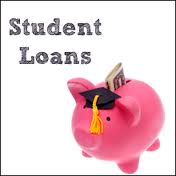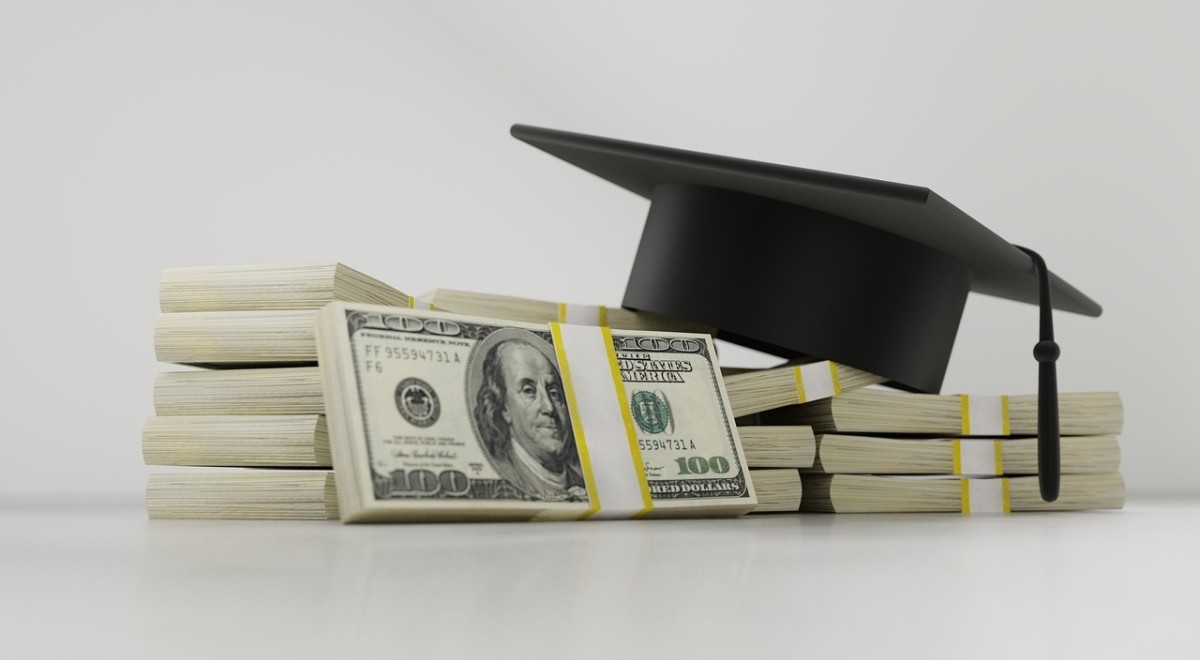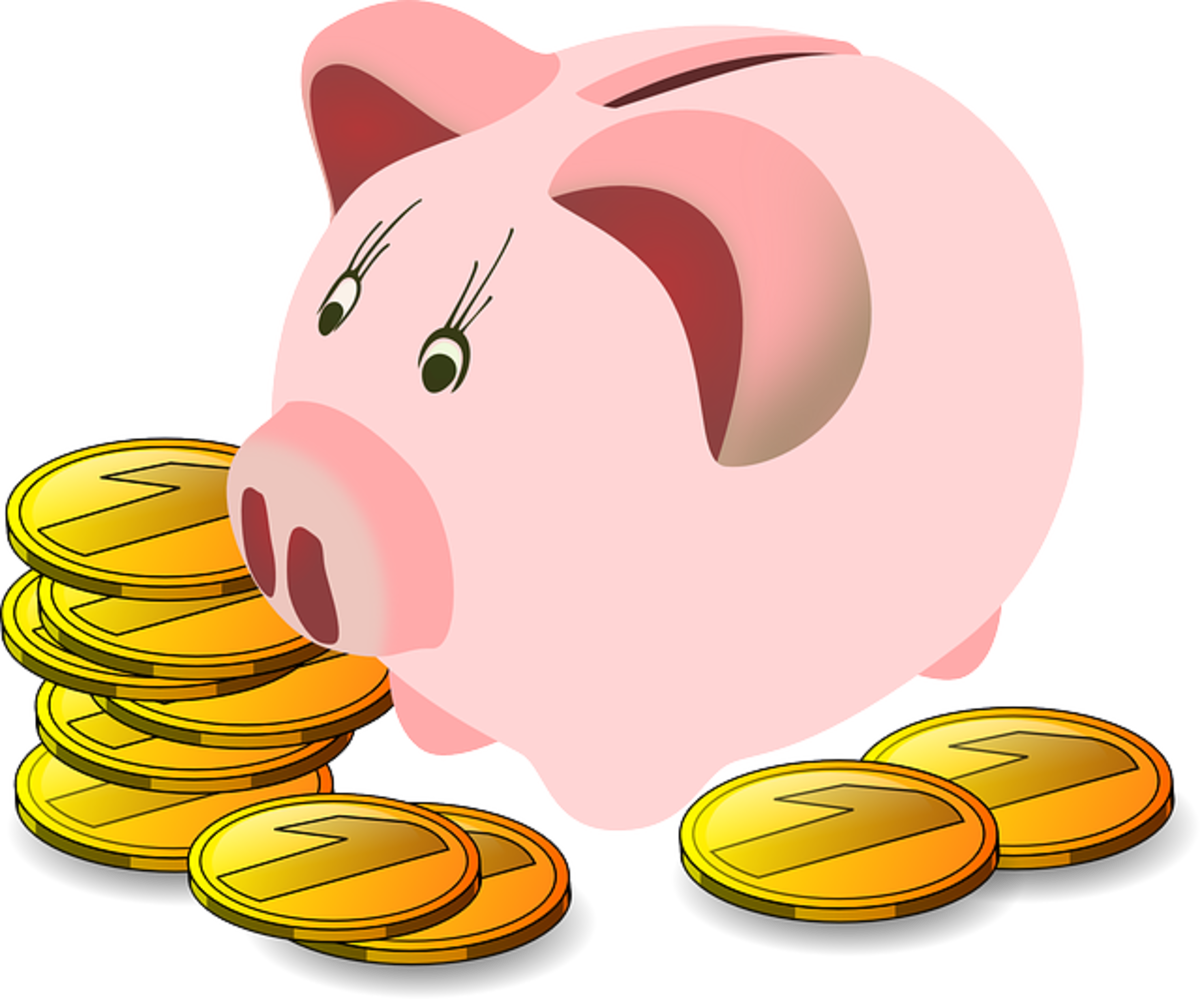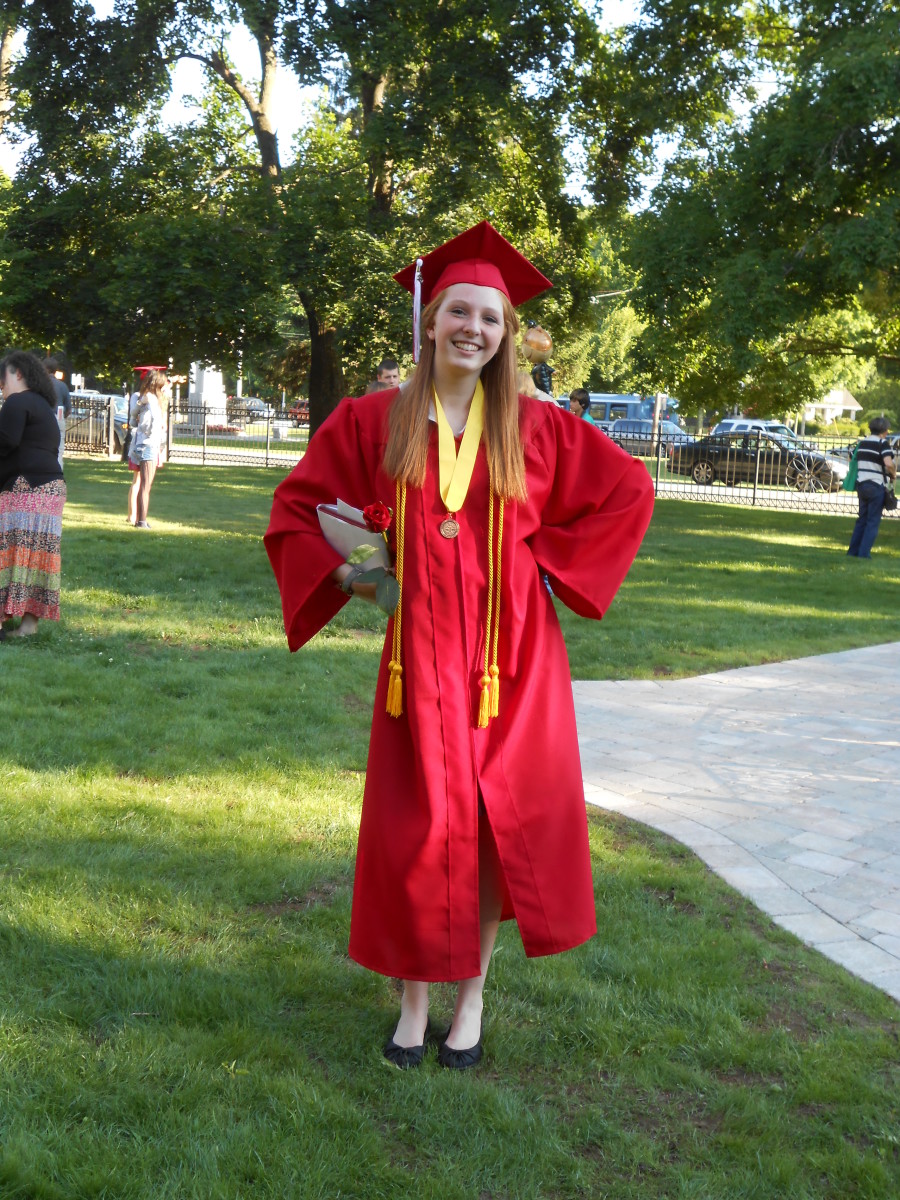What To Do When It's Time to Repay Your College Loan
Defaults Are Increasing On Student Loan Debt
There is an increasing number of student loan debt that are going into default. In government data, Federal student loans are not being repaid due, presumably to the recession, and most of these loans are for students attending for profit colleges. The Federal government is looking to impose regulations on for profit colleges and universities. These regulations would halt federal assistance to these programs if is statistically shown that too many loans are going into default from these institutions. Those students who went to a for profit college make up 26% of the federal loans and make up 43% of those who defaulted on their federal loans in 2008-2009.
The United States Dept. of Education calculated that 7% of federal student loans have defaulted within 2 years of the student loan debt repayment requirement on loans due from October 1, 2007 to September 30, 2008, and defaulted on their loans before September 30, 2009 . This is an increase of 6.7% from the previous year and 5.2% from the year prior. The increased rate of borrowing to pay the high cost of college, coupled with a tough economy is making it very hard for students to pay back the loans.
Over 60% of college students borrow money to pay for their education. July 1, 2010 brought some changes to these student loan debt. Here is a brief explanation to help you understand these reforms:
- The Direct Loan Program is now the only agency that issues federal loans to students. It used to be that financial institutions like banks could offer federal loans for students through the Federal Family Education Loan Program. The Health Care Reform Act changed this by ending subsidies for those institutions who loaned the money.
- Financial institutions can still offer private college loans. Some of these loans have become more competitively priced and are available at a lower interest rate.
- Direct Loan Program is also the only agency handling the PLUS loans (Parent Loan for Undergraduate Students). The interest for Direct PLUS loans is 7.9% PLUS loans can be used to pay for costs of college not covered by financial aid or Stafford loans. Add in a 4% loan fee. Students in graduate programs can also borrow through the PLUS loans.
- Subsidized Stafford loans (available to low income borrowers) dropped from 5.6% to 4.5%. These rates are available on new loans until June 30, 2011. Unsubsidized Stafford loans (available to every one regardless of economic need) has stayed the same 6.8%.
- Origination fees have been lowered from 1.5% to 1% for Direct Stafford subsidized and non subsidized student loans.
student loan debt can be overwhelming

Student Loan Choices
- Federal loans are the cheapest form of student loans. The government pays the interest rates while the student is in school and an additional 6 months afterwards. To apply for a loan with government assistance fill out FAFSA form, which is a free federal application for a student loan. Families with an annual income of up to $80,000 may get a subsidy. Apply for these Stafford loans first.
- PLUS student loans have gotten harder to get since the recession. Parents do not qualify for the loan, If a parent qualifies, they can borrow the sufficient amount of money. Parents can borrow the entire remaining cost of higher education, as long as their credit checks out favorably. if they went through a bankruptcy of foreclosure within the past 5 years, have been delinquient on any debt for more than 90 days. With a co-signer, the parent might qualify.
- In addition, see what your state has available for college assistance, since the federal loans are not large enough to cover all college costs. There are 17 states to help students by lending money for the college they are attending there. Interest rates are fixed from about 6% to 8.19%. Variable interest rates can range from 1.78% to 3.8%. Loan fees can range from 0% to 5%. States usually want a co-signer on the loan. The variable rates may not have a cap, so be aware of what direction the interest rates are going. Sometimes state loans start having to be repaid while the student is in school.
- Federal and state student loans are preferable to bank loans.
- Loans from banks and private lending institutions are not all the same. There is a big range of rates, and you need to investigate the choices you have. Your decision could save or cost you thousands of dollars, so it is worth educating yourself before ou sign on the dotted line. To compare rates, apply to several lenders. Your credit rating will not be affected by multiple applications, as lon as they are all maed with a 30 day time period. Shop around, and inquire at the schools where you are applying. Colleges often have a list of lenders. Compare rates, terms, and origination fees, so you know the total cost of the loan.
Time to Repay the Loan... What To Do
Effective July 1, 2010, changes were made to the repayment program for graduates who can’t afford to make their student loan debt. It is an income based program that lets students who borrowed from the federal government to have their loan payments lowered based on their income and family size. Loans being paid back woul be less than 10% or more of their annual income. People who are married will not suffer penalties. It used to be that couples who file a joint tax return had a higher minimum combined loan payment than unmarried borrowers. A new calculation takes into consideration the combined income and debt to figure the minimum payment due. For borrowers who have already gotten deferred payments, the repayment is calculated on the balance of the student loan debt when it went into repayment, or the current loan amount, whichever is higher. Borrowers would be able to hold off making payments, but if there is interest that accrues, the loan balance will be bigger.
The latest info on student loan debt
Settle Your Student Loan Debt - Be Proactive
- Pay Your Student Loan Debt Back Easier
The Federal Government Can Help You Pay Your Loans Back Easier








